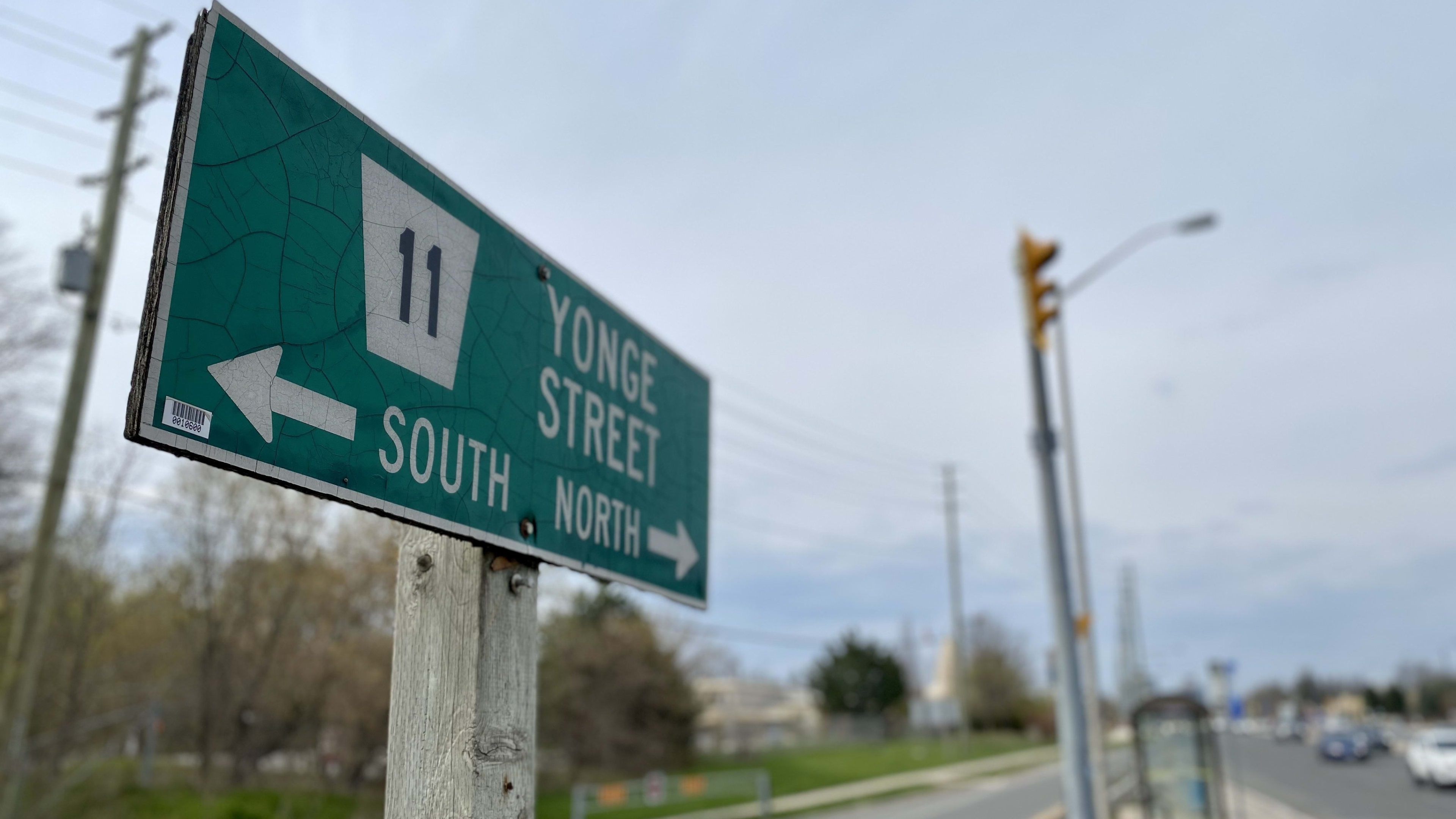How Yonge North Subway Extension will offset traffic congestion
The Yonge North Subway Extension will support sustainable growth & connect York Region communities.
May 5, 2021
The Yonge North Subway Extension will bring TTC Line 1 service roughly eight kilometres north from the existing Finch Station to Richmond Hill, but the benefits to communities stretch far beyond the end of the subway line.
When this rapid transit project goes into service, it will open up new travel possibilities for people all over the region by bringing as many as six major rapid transit lines together through a new station in the northern section of the route.
Experts anticipate moving around York Region will become easier thanks to the Yonge North Subway Extension. (Metrolinx photo)
This transit hub is tentatively called Bridge Station. Placed on the existing railway corridor at surface level between the Highway 7 and Highway 407 corridors, it will offer fast, easy transfers to downtown Toronto on Line 1, and act as a launchpad to explore the entire region through convenient connections to the regional transit network.
For example, transit riders will save as much as 15 minutes on a trip from the Oak Ridges area to midtown Toronto by getting on the Richmond Hill GO train line at the future Bloomington GO station and transferring to the subway at Bridge Station, which will be connected to the existing Langstaff GO station. From there, riders can take Line 1 to Eglinton Station, where they’ll have convenient ways to get to destinations from Etobicoke to Scarborough via the Eglinton Crosstown LRT.
Passengers will also be able to ride the Viva Yonge Street Rapidway from Newmarket or Aurora and make an easy connection to Line 1 to get to North York Centre. Through the regional bus lines that will serve Bridge Station, and the potential future Highway 407 transitway, travellers will have more convenient options to get to Pearson Airport and York University in the west, or jobs near highways 407 and 404 to the east.
People will be able to move around the region more easily as drivers get out from behind the wheel in favour of using the subway. The extension will reduce the total distance travelled by cars during morning rush hour by 7,700 km. – over a single journey, that would be like driving from East Gwillimbury to the boundary of British Columbia’s Yoho National Park and back again. In fact, the Yonge North Subway Extension will cut time spent commuting in Toronto and York Region by a combined 835,000 minutes each day, which is roughly the amount of time it would take to watch all nine movies in the three Star Wars trilogies 670 times.
One of the ways the extension will help offset traffic congestion is by managing the significant growth expected in the Langstaff Gateway and Richmond Hill Centre areas. The stations on the northern section of the extension, Bridge and High Tech, are placed the way they are to accommodate the future growth potential of those communities, making it faster and easier for riders to use the subway. The station at High Tech Road would put the subway within walking distance for more than half of the people who are expected to call the Richmond Hill Centre area home by 2041.
These are just some of the ways the new subway route will make it faster and more convenient to for people across York Region to get around – everyone will find their own ways as they uncover the benefits of more convenient, connected travel.
To find out more about the new travel options that the Yonge North Subway Extension will open up for people in municipalities in northern York Region, sign up to take part in the live Virtual Open House event tonight (May 5), from 6:30pm to 8:00pm.
by James Moore Metrolinx communications senior advisor
